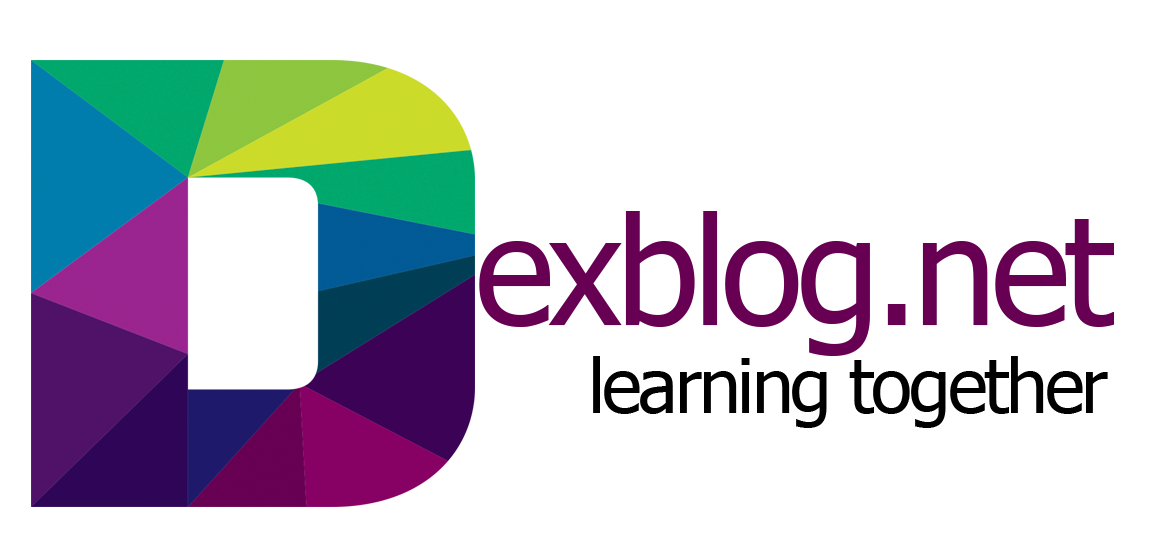Choosing the most suitable browser for a MacBook can be a daunting task, given the vast array of options available. Each browser offers unique features and functionalities that cater to specific needs and preferences. This article provides a comprehensive guide to help you select the best browser for your MacBook, encompassing performance, security, privacy, and productivity.
1. Safari: Apple’s Native Browser
Link: https://www.apple.com/safari/
Safari, the default browser on MacBooks, seamlessly integrates with the macOS ecosystem. It is optimized for Apple devices, resulting in exceptional battery life, fast rendering speeds, and a smooth browsing experience. Safari also boasts a minimalist design, enabling users to focus on content rather than browser clutter.
Key Features:
- Enhanced Energy Efficiency: Safari’s power-saving features extend the battery life of MacBooks, making it an excellent choice for users on the go.
- Native macOS Integration: Safari seamlessly synchronizes with other Apple services and apps, ensuring a cohesive user experience across devices.
- Robust Privacy Protections: Safari provides robust privacy features, including Intelligent Tracking Prevention, to safeguard user data and prevent online tracking.
- Reader Mode: Safari’s Reader Mode simplifies web pages, eliminating ads and distractions, allowing users to concentrate on the content they seek.
2. Google Chrome: The Most Popular Browser
Link: https://www.google.com/chrome/
Google Chrome is renowned for its speed, versatility, and extensive extension library. Its dominance as the most popular browser stems from its user-friendly interface, cross-platform compatibility, and integration with Google services such as Gmail and Drive.
Key Features:
- Blazing-Fast Performance: Chrome utilizes the V8 JavaScript engine, offering lightning-fast page loading and rendering speeds, enhancing the overall browsing experience.
- Vast Extension Library: Chrome’s extensive library of extensions allows users to customize and enhance their browsing experience by adding new features and functionalities.
- Seamless Synchronization: Chrome seamlessly synchronizes browsing history, bookmarks, and passwords across devices, providing a consistent experience regardless of the device used.
- Incognito Mode: Chrome’s Incognito mode enables private browsing, preventing tracking and ensuring that browsing history remains confidential.
3. Firefox: The Privacy-Focused Browser
Link: https://www.mozilla.org/en-US/firefox/
Firefox is a popular choice among privacy-conscious users. It offers robust privacy features, customization options, and an extensive add-on library. Firefox is developed by Mozilla, a non-profit organization dedicated to promoting internet privacy and security.
Key Features:
- Enhanced Privacy Protections: Firefox includes built-in privacy features such as Enhanced Tracking Protection and Private Browsing, blocking online trackers and safeguarding user data.
- Extensive Customization Options: Firefox allows users to customize the browser’s appearance, toolbar layout, and shortcuts, providing a personalized browsing experience.
- Vast Add-on Library: Firefox’s extensive add-on library offers various extensions to enhance functionality, improve privacy, and personalize the browsing experience.
- Cross-Platform Compatibility: Firefox is available for various platforms, including macOS, Windows, Linux, Android, and iOS, ensuring seamless browsing across devices.
4. Microsoft Edge: The Resurgent Browser
Link: https://www.microsoft.com/en-us/edge
Microsoft Edge has undergone a significant transformation, emerging as a formidable competitor in the browser market. It combines the speed and compatibility of Chromium with Microsoft’s unique features and services.
Key Features:
- Chromium-Based Performance: Edge is built on the Chromium engine, inheriting its fast rendering speeds, compatibility with modern web standards, and extensive extension library.
- Enhanced Security Features: Edge includes robust security features such as Microsoft Defender SmartScreen and Tracking Prevention, protecting users from malicious websites and online threats.
- Cross-Platform Availability: Edge is available for macOS, Windows, Linux, Android, and iOS, providing a consistent browsing experience across devices.
- Integration with Microsoft Services: Edge seamlessly integrates with Microsoft services such as Office 365 and Windows Hello, enhancing productivity and streamlining workflows.
5. Brave: The Ad-Blocking Browser
Link: https://brave.com/
Brave is a privacy-focused browser that incorporates a built-in ad blocker. It blocks ads and trackers, resulting in faster page loading times, improved privacy, and a less cluttered browsing experience. Brave also rewards users with Basic Attention Tokens (BAT) for viewing privacy-respecting ads.
Key Features:
- Built-in Ad Blocker: Brave’s ad-blocking technology effectively blocks ads and trackers, enhancing browsing speed and privacy.
- Rewards System: Brave rewards users with BAT for viewing privacy-respecting ads, which can be used to support content creators or withdrawn as cryptocurrency.
- Enhanced Privacy Protections: Brave includes robust privacy features, including fingerprint blocking and HTTPS Everywhere, safeguarding user data and preventing online tracking.
- Cross-Platform Availability: Brave is available for macOS, Windows, Linux, Android, and iOS, providing a consistent ad-free browsing experience across devices.
Conclusion
The best browser for your MacBook depends on your specific needs and preferences. Safari, Google Chrome, Firefox, Microsoft Edge,













